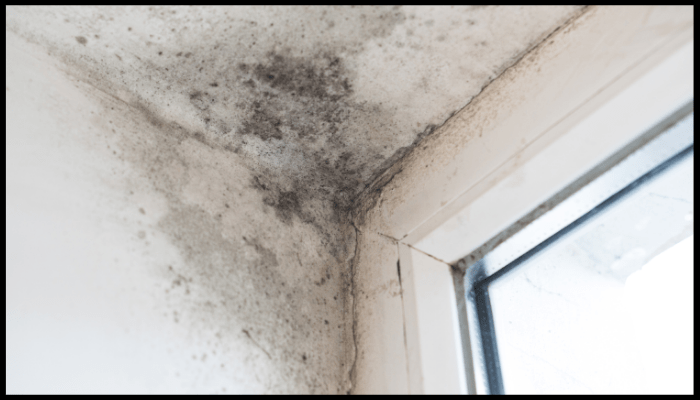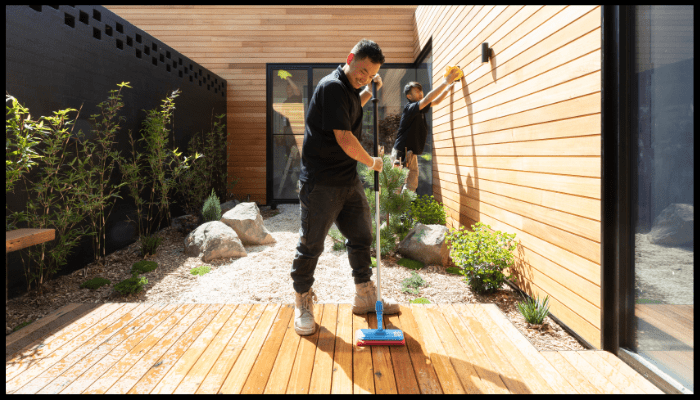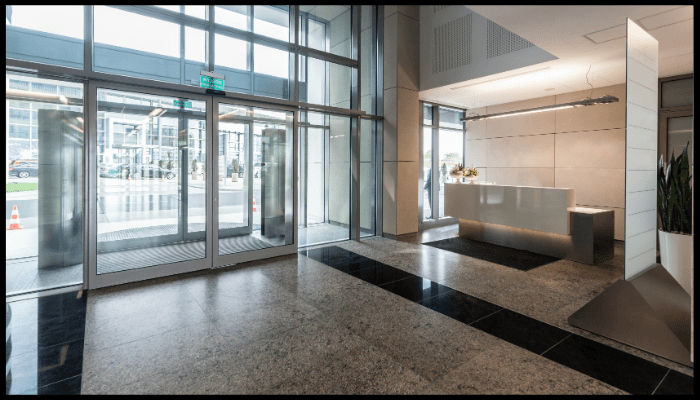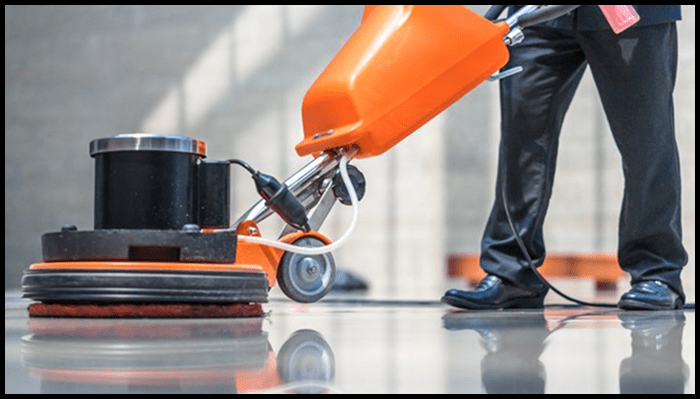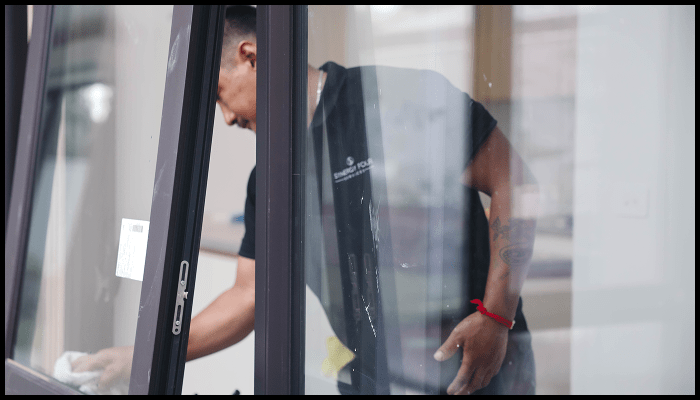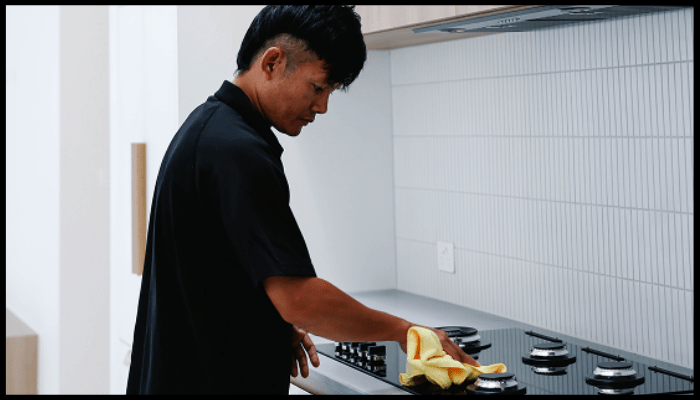What You Should Do After Water Damage
What You Should Do After Water Damage: A Step by Step Guide
Table of Contents:
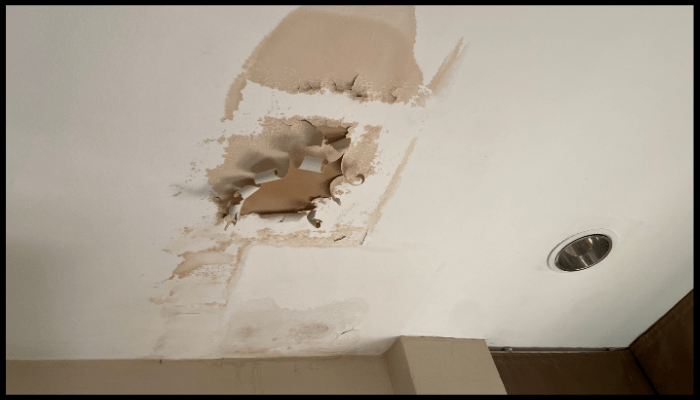
Water damage often strikes without warning—from burst pipes, a leaking roof, or a flooding during a natural disaster.
Mostly it starts with a small issue but can escalate very rapidly or create long-term damage, requiring professional water damaged remediation to restore the affected areas.
It can cause damage to building materials, electrical systems, and even your home’s structural integrity. In this cases, taking immediate action can minimise the damage and can keep the home safe.
No matter if the damage is major or minor, it is important to know what to do next. Here are some important steps to follow to ensure safety, start the restoration and prevent from future water damage in your Canberra home.
Step 1: Ensure Safety First
Safety should always come first. First, turn off the power to avoid electrocution from exposed components.
Avoid stepping into affected area unless you are wearing protective gear like rubber shoes or gum boots. This helps to
prevent electric shocks and reduce risk of exposure to harmful bacteria. The surfaces can become slippery, so walking carefully is important to avoid slips and falls.
In severe cases like: sump pump failure, broken washing machine, etc, water can seep into walls and floors leading to long term damage like mould growth and bacteria contamination. For Canberra homes, this can create persistent damp conditions if no immediate action is taken.
Step 2: Identify and Stop the Water Source
Second, identify the source and reason of water leak and try to stop it as quickly as possible.
Common reasons of water leak can include:
- Leaking pipes
- Roof leaks from insufficient drainage or clogged gutters
- Plumbing leaks beneath sinks or within walls
- Air conditioners , washing machine and other appliances can also fail, allowing water to pool inside your property
- Poor waterproofing
- Blocked drains
Identifying the source early can reduce costly repairs, especially in homes with low evaporation materials like fiber fill insulation or gyprock board, where water absorption is harder to spot.
If these are left unchecked, it can cause serious structural damage and further consequences.
Step 3: Document the Damage for Insurance
Documenting the extent of damage is essential for smooth and successful insurance claim.
So, before starting the clean-up, make sure to take photos and video of the water damaged area, water stains, bubbling paint, damaged materials, and affected personal belongings.
Contact your insurance company as soon as possible. They will provide guidance on the claims process and advise you on policies that will cover damages like: flood damage, roof maintenance issues, or structural components affected by water damage etc.
Step 4: Start Water Extraction and Drying Immediately
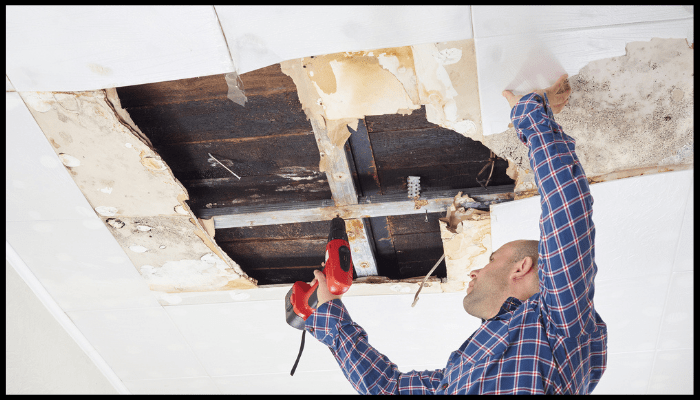
It is important to begin water extraction immediately because the longer the moisture is there increases the risk of mould growth and structural problems.
If there is poor ventilation like wall cavities or behind wooden beams, try to use air movers , open windows and take advantage of sunlight if available. These techniques will help speeds up the drying process in Canberra homes.
Drying out low evaporation materials and affected building materials (like concrete masonry units or drywall) requires time and the right tools.
Emergency cleaning services
with professional-grade equipment can speed up the drying process and help protect your home from further damage.
Step 5: Involve Water Damage Restoration Professionals
Professional help is highly recommended, especially in cases of severe water damage or when moisture has seeped into difficult-to-reach areas.
Individuals often do not have professional equipment and expertise to clean effectively. So calling
water damage restoration professionals is a smart move as they use advanced tools to inspect, dry, and restore homes to their original condition.
Certified technicians follow the
AS-IICRC S500 Standard for Professional Water Damage Restoration, ensuring the drying process adheres to Australian industry standards.
- Identify hidden damage in structural components
- Handle drying of fibre fill insulation, carpets, and walls
- Prevent mould growth and sanitise surfaces affected by other contaminants
- Ensure the drying process follows Australian industry standards
They will also assess the extent of damage and offer guidance on how to repair structural elements safely and efficiently.
Step 6: Prevent Future Water Damage
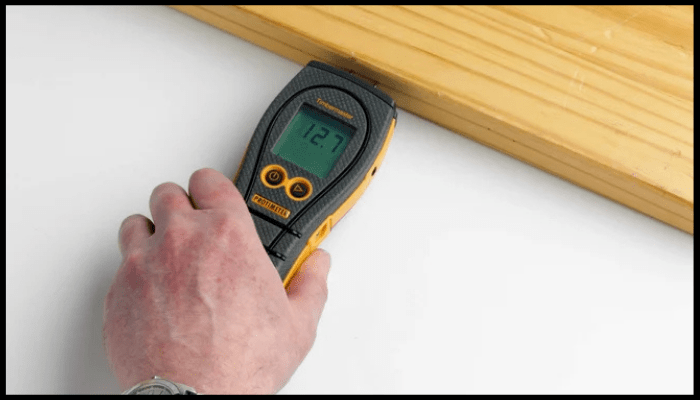
Once restoration is complete, take steps to prevent future water damage:
- Maintain your roof to avoid future roof leaks
- Inspect plumbing for leaking pipes and water supply issues
- Keep gutters clean and monitor for insufficient drainage
- Ensure appliances are functioning properly to avoid future appliance malfunctions. Consider
mould remediation services to address any hidden issues.
Routine checks in key areas (especially after storms or seasonal changes) can help you avoid future emergencies. Refer to the
guidelines for managing mould and dampness
for comprehensive prevention strategies.
For more insights, check out our
flood restoration tips for homeowners.
Frequently Asked Question
What are the major causes of water damage in Australian homes?
Burst pipes, leaking roof areas, clogged gutters, storm surge, and broken appliances like washing machines are all common causes.
How do I safely handle water damage?
Turn off power in the affected areas, avoid contact with standing water, and contact Synergy Four Services for professional assistance.
How quickly should I begin drying after water damage?
You should begin water extraction and drying within 24 hours to prevent mould growth and further damage.
Does insurance cover water damage restoration?
It depends on your policy. Contact your insurance company to confirm coverage for water damage restoration and mould-related claims.
What are signs of hidden water damage?
Look for bubbling paint, warped walls, water stains, or musty smells coming from wall cavities or ceilings.
Can I clean up minor water damage myself?
For small leaks, yes. But extensive water damage, especially involving drywall or wooden beams, requires professional help.
What equipment is used in the drying process?
Air movers, dehumidifiers, moisture detectors, and water extraction machines help remove moisture from affected materials.
Is mould a concern after water damage?
Yes. Moisture left behind can lead to mould growth within a few days. Early drying is key to prevention.
What should I do if my basement is flooded?
Avoid entering if electrical systems are affected. Call a water damage restoration professional for safe water extraction.
How can I prevent water damage in future?
Keep your roof and gutters maintained, fix plumbing leaks quickly, and inspect your home regularly for signs of water intrusion.
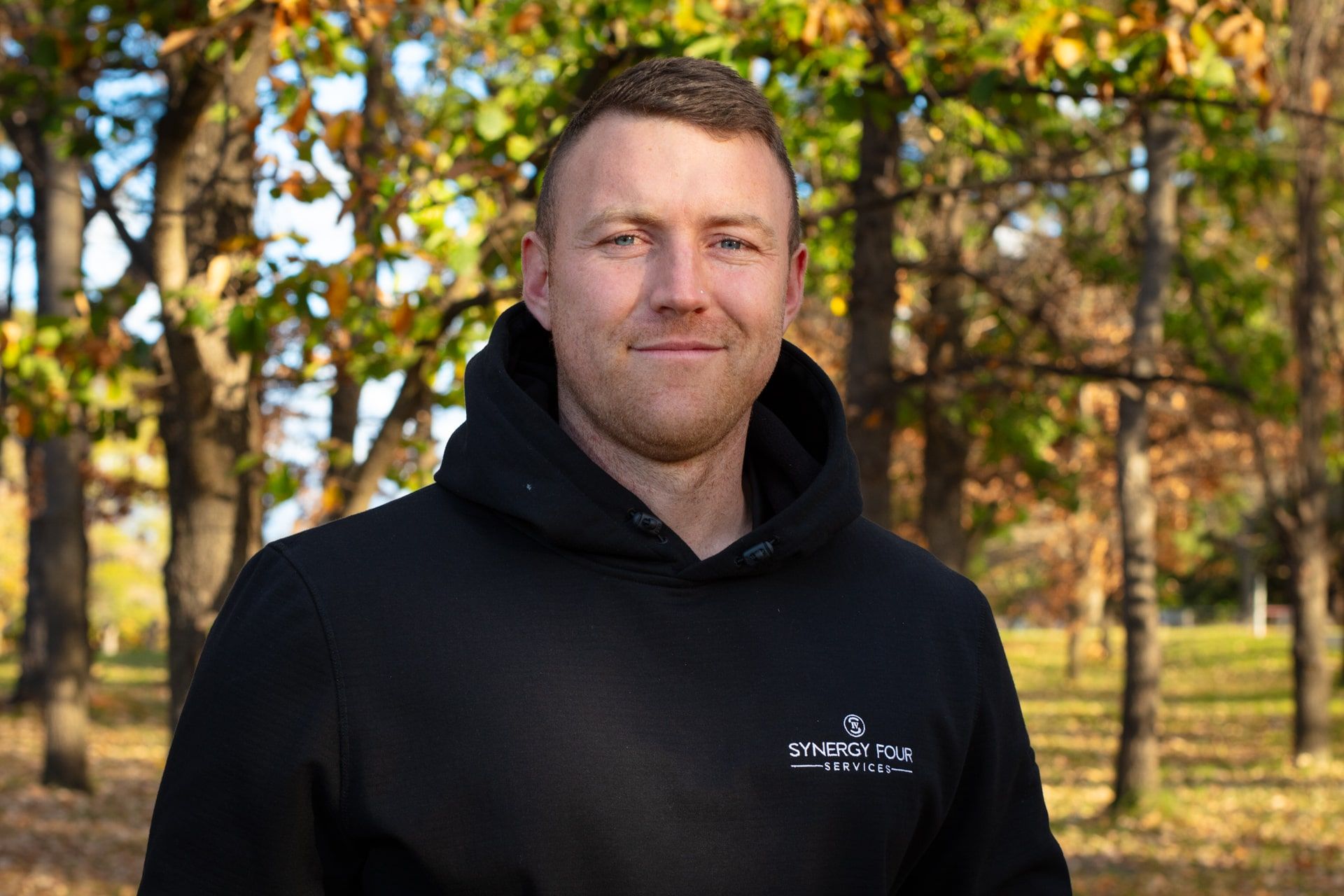
Director of Synergy Four Services
Jason Dean, the founder of Synergy Four Services, has led the company to significant achievements, including winning the Canberra Local Business Award for Most Outstanding New Business in 2021 and Most Outstanding Service and Trade in 2022.
Under his leadership, the company became a finalist in 2023. With a range of certifications, including mould remediation, water damage remediation and fire and smoke damage restoration, and compliance with ISO 9001:2015 quality management standards. Jason ensures Synergy Four Services meets the highest safety and quality standards.



